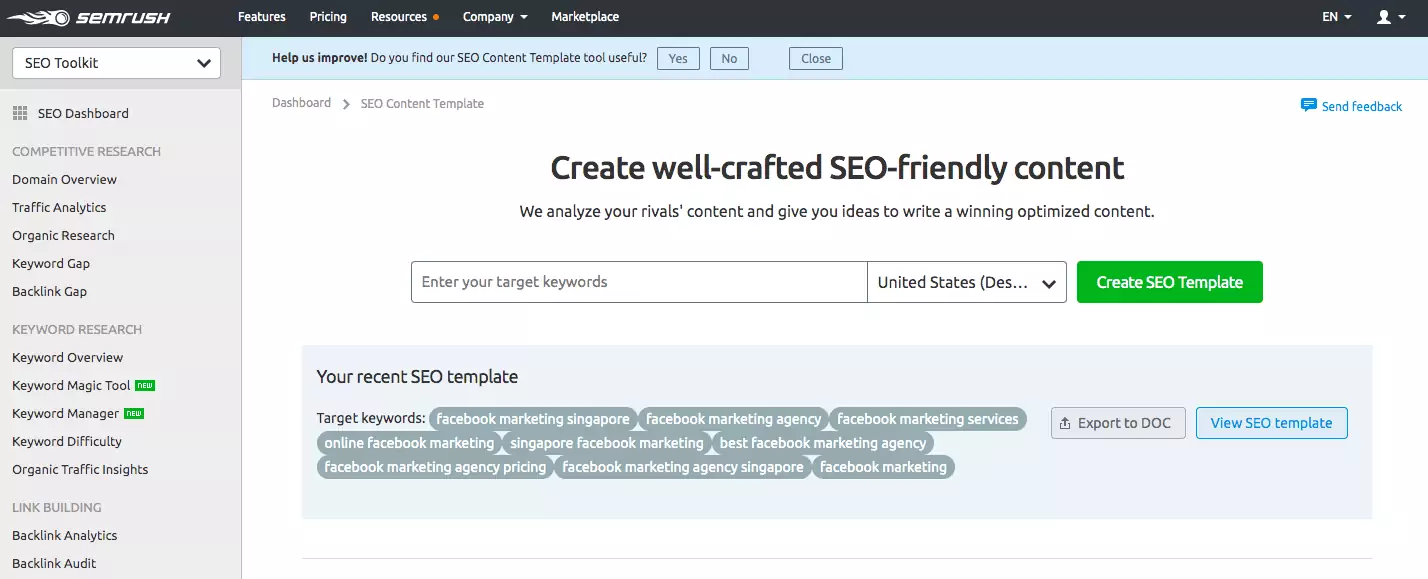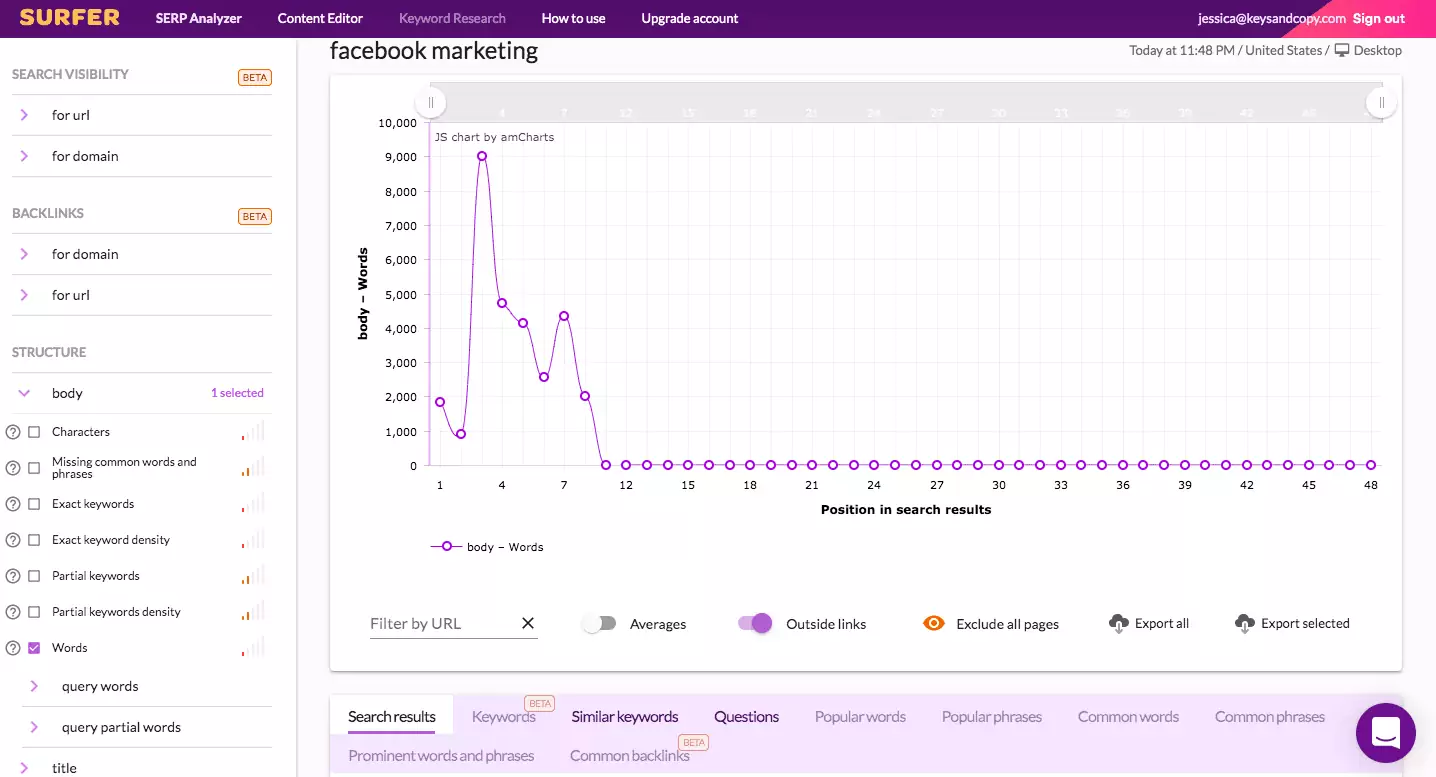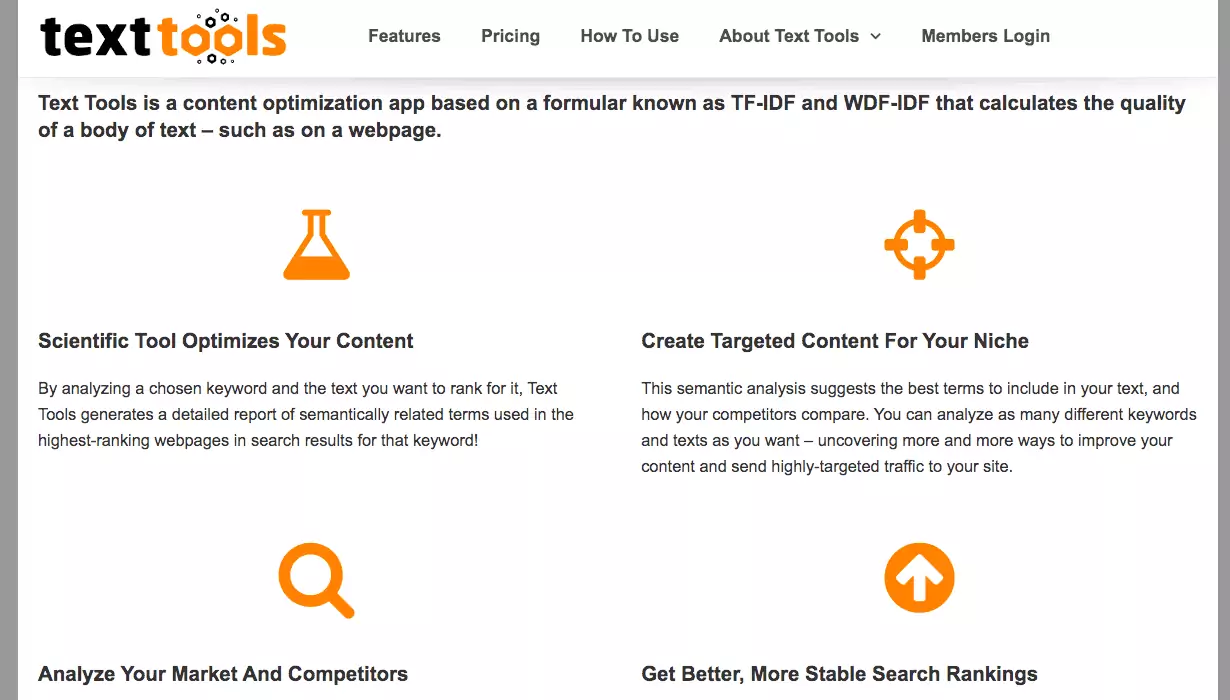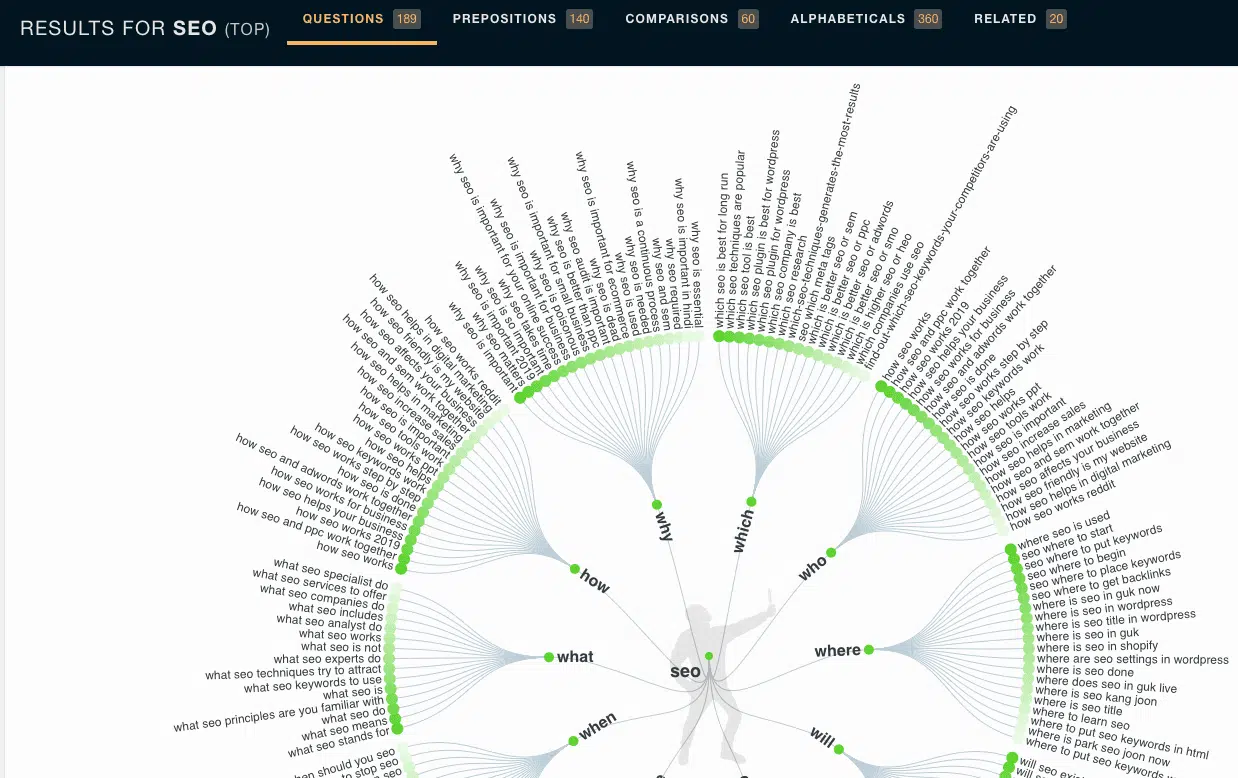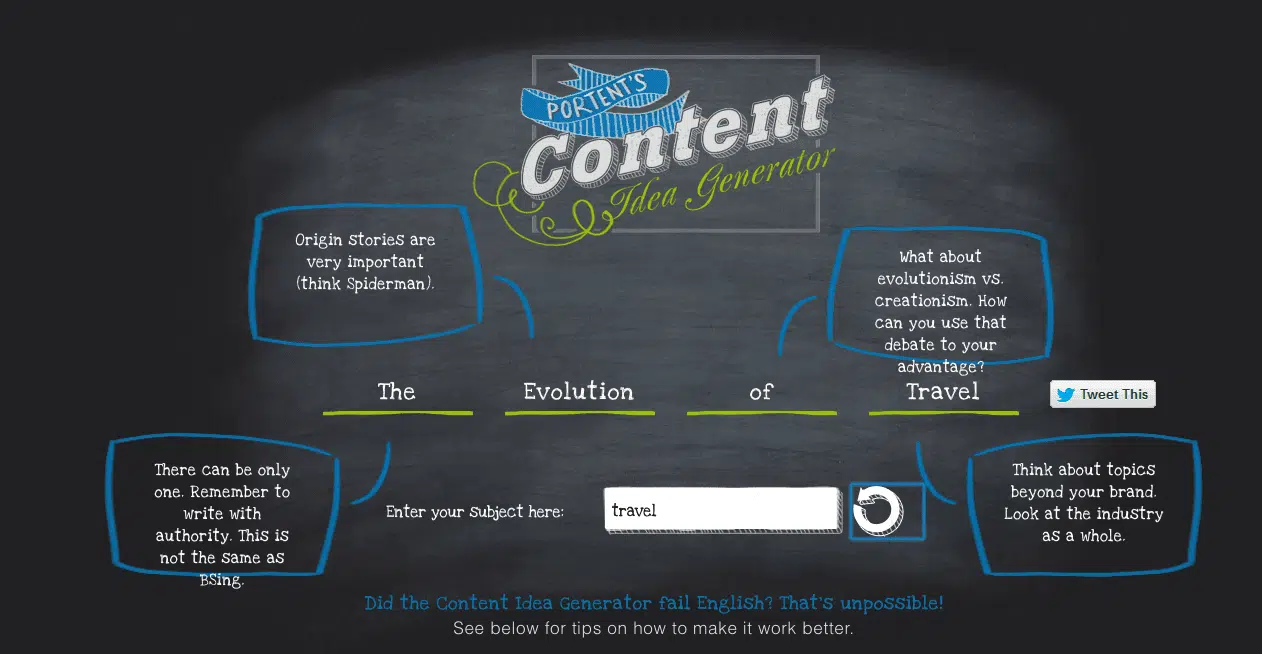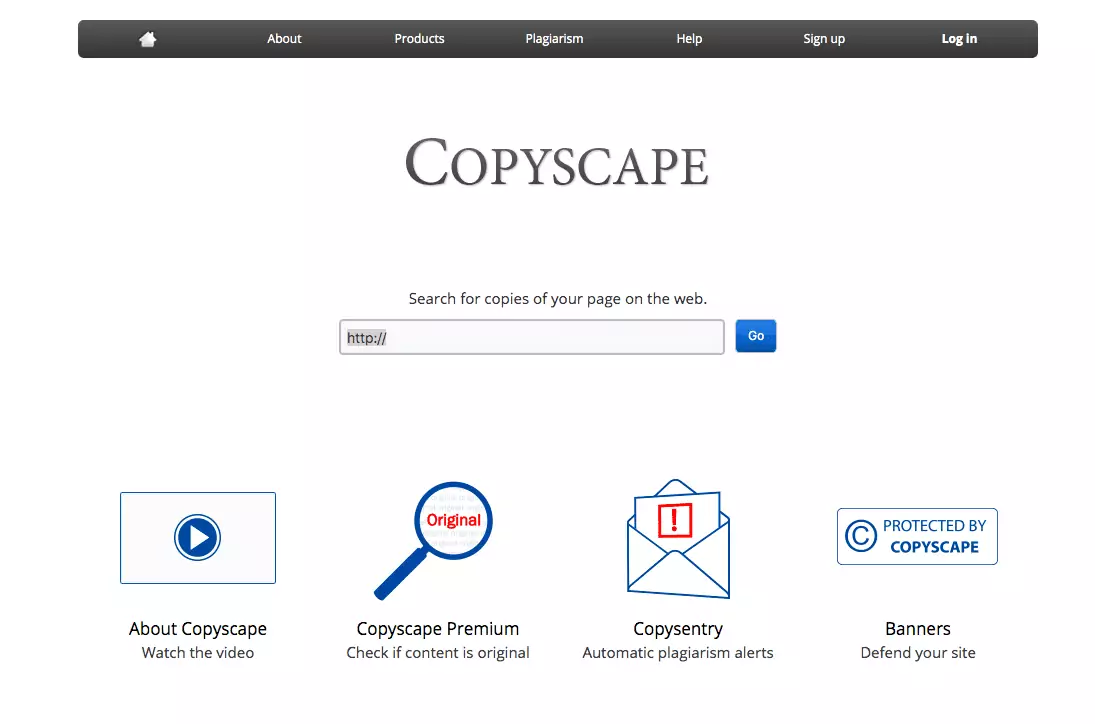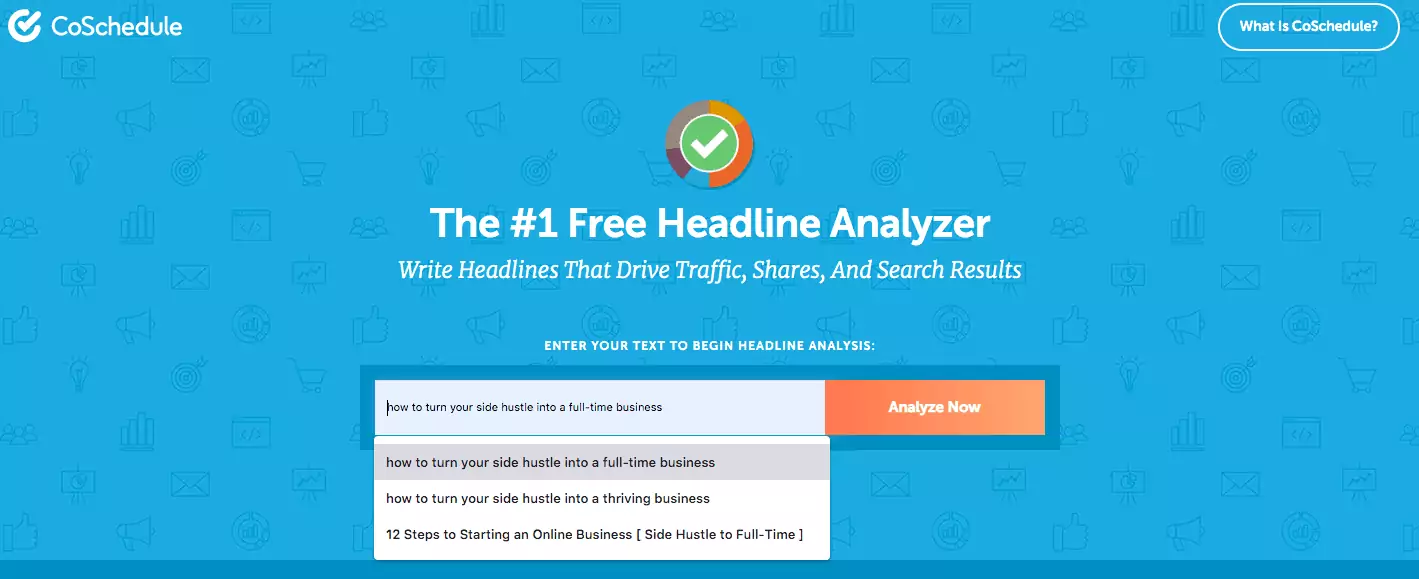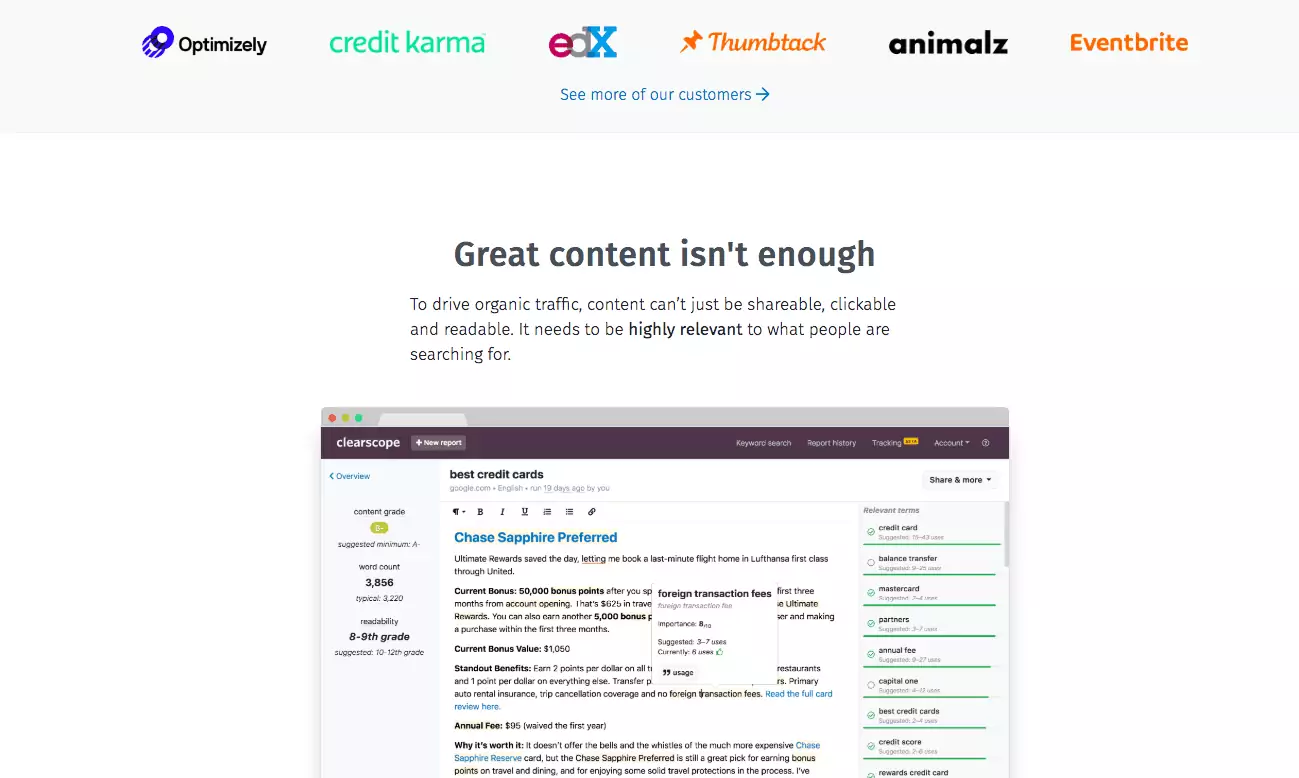Writing SEO-friendly content goes far beyond finding the right keywords. You need to write content your audience will actually enjoy and is actively searching for online.
And while you could scour the web looking for the latest content tips, nothing works quite as good as having the right tools in your arsenal.
SEO content writing tools help you write better content, optimize your content, and ensure you are using the right keywords in the right way. The result is content that’s rankable, engaging, and capable of attracting more traffic to your website.
In this guide, I’m listing the best free and paid content optimization tools for creating engaging, traffic-generating content. Use these tools and you’ll be well on your way to creating SEO content that ranks high in the Google search results!
Why Even Use SEO Content Tools?
To some people, writing awesome content comes naturally. They just have a way with a keyword and they spin text into gold.
But for the rest of us, crafting compelling, click-worthy content takes a bit of finesse. Add in the complexities of optimizing for search engines, and creating content starts to seem even more complicated.
The best content writing tools for SEO allow you to improve your content significantly, often for free or at a very low cost. So while not use tools to better your content, rank higher, and generate more leads for your business?
Benefits of Using SEO Content Tools
The good news is that content writing tools take a lot of the guesswork out of creating “good” content. It’ll no longer seem like great content is in the realm of the gifted, but that it’s something you can achieve for your own site when you have the right tools at your disposal.
Why you should use SEO content writing tools:
- They help you optimize your content for your target keywords
- They ensure your SEO content is the right length for your chosen topic
- SEO content tools improve your content so it’s competitive with high-ranking content
- Content tools make sure your content is grammatically correct and free of spelling errors
- They help your write content at the correct reading level for your audience’s understanding
- SEO content tools offer related keywords and contextual cues to include in your content
- They help frame your content for the correct search intent behind the search query
- SEO content tools encourage you to use images and other media to improve your content
These are just a few of the perks of using SEO content tools to optimize your web pages and blog posts. But don’t take my word for it – try some of the tools below and see the magic for yourself!
Best Content Writing Tools for SEO
1. SEMrush
SEMrush is far and away my favorite tool for all things SEO, including content optimization, competitor research, and link building. And since we know that at the foundation of any good content strategy is great keyword research, SEMrush is the tool to use to find those high-traffic, low competition keywords that will move the needle.
Beyond its many uses in terms of keyword research, it also includes some handy SEO content optimization tools. One such tool is the SEO Content Template that allows you to enter your focus keyword and generate a list of recommendations for how to create SEO-friendly content.
Use my handy affiliate link to try a full week of SEMrush Pro for free.
2. Surfer SEO
Surfer SEO is my go-to for tool content optimization, even over SEMrush, because it offers more tools specific to content SEO. The SERP Analyzer is a content analysis SEO tool that allows you to do a search for your target keyword, run an assessment of all pages in the SERPs (Search Engine Results Pages), and access data-driven recommendations for how to optimize your content.
Using this tool, you can identify which keywords these pages are also targeting, how long the pages are, what prominent phrases are being used in the content, whether they have any backlinks in common, and much more.
With this information, you can create content that’s competitive and structured in a way that pleases the search engine algorithms.
3. PageOptimizer Pro (POP)
Truth be told, I have only used POP a few times, as I decided to go with the SEMrush + Surfer SEO combo instead of buying another premium SEO content tool. But my experience with POP – and what I’ve heard from their raving fans – leads me to say that this is one of the best content optimization tools on the market.
For one, founder Kyle Roof is an SEO god and is highly regarded in the field in terms of technical and content SEO. As a course creator at Internet Marketing Gold, here’s what he had to say about the conception of POP:
“[POP] is the result of over 300 SEO Tests I’ve run on the Google Algorithm over the past 3 years. What I discovered is that despite popular belief, most web pages are actually over and under-optimized simultaneously. It was only through actually counting out various ranking signals on high performing pages that I was able to start seeing patterns emerge.”
Using the insight he gained through his research, he has been able to rank countless pages for even the most competitive of keywords. Thus, POP’s SEO content checker tool was born to help other creators apply these same methods to their content.
4. Text Tools
Text Tools is a rather bare-bones SEO content tool that packs a lot of punch. In my eyes, the price makes it worth adding to your content tool stack, as it includes some (but not all) of the features provided by Surfer SEO and POP. At $39 per month, Text Tools is a great option for those who are new to SEO content writing or are just a little more budget-conscious.
I have used Text Tools several times for client projects and we have seen some amazing results, such as achieving a top 3 ranking within 3 months for our target keyword.
Text Tools works by offering you suggestions for what and where to use certain key phrases in your content. I like these suggestions because they give me ideas for other topics to cover, but I always take them with a grain of salt.
See Text Tools’ explainer video below:
5. Answer the Public
Answer the Public is what I like to call a free “idea generation” tool that helps you come up with possible topics for your blog. It can be a great starting off point if you are totally stumped about what to write about on your website.
Simply search for a broad term and Answer the Public will generate a literal web of ideas. Then, you can use SEO tools like SEMrush to determine whether these topics get ample search volume. You may find topic ideas you would have never thought of before.
6. Hemingway Editor
My good friend and expert copywriter, Tori Reid, let me on to the Hemingway Editor as a tool that improves the readability of my content.
See, many industry experts write information-packed content but use terms their (less experience) audience doesn’t understand. The Hemingway Editor analyzes your content to make sure you are avoiding complex sentences and terms so your content it more relatable to your audience.
I recommend keeping your content at a 9th-11th “grade” level for a more experienced audience (like your peers) and a 6th-8th grade level for a less experienced audience.
7. Grammarly
Even as a professional content writer, I make tons of spelling and grammar mistakes (you are likely to find some in this article). That’s why Grammarly is my saving grace, as it catches 90% of the errors I make in my content.
I love this free writing assistant tool because you can use it right within Google Docs as you are writing your content. It also applies to Facebook and on your website. It’s not perfect, but it’s better than writing your content and hoping for the best. Plus, it’s free, so why not?
8. BuzzSumo
BuzzSumo is certainly one of the most popular tools for content writing, and for good reason. This all-in-one tool includes helpful features for every step of the content process: topic discovery, research, creation, monitoring, and marketing.
The tool helps you discover trending topics related to your industry that could make for engaging blog post ideas. Then, you can monitor the success of your content marketing campaigns and even expand your reach through influencer marketing.
Plus, you can find and analyze the top articles and blogs to gain ideas for how to improve your own content.
BuzzSumo offers only a few free features but their paid plans start at $99 per month. It may be a bit steep but certainly worth it if you want to kick your content marketing up a notch.
9. Canva
Your content isn’t complete without high-quality graphics. The good news is you don’t have to resort to crappy stock photography or hiring a graphic designer to find images for your site. Canva gives you a wealth of options to help you create engaging graphics from scratch.
I use Canva Pro nearly every day to create things like YouTube thumbnails, logos, blog graphics, social media graphics, Pinterest images, and more. Their ready-made templates make it easy to create professional-looking graphics in just a few minutes.
You get limited options with the free version, but the Pro version is 100% worth it if you want to make truly custom designs with Photoshop-like capabilities (like being able to remove the background from images).
10. Quora
Successful content marketing doesn’t end once you click “publish”. In fact, I recommend taking a multichannel approach so your content can reach a wider audience across multiple platforms. One such platform is Quora.
Quora is a place for users to ask questions and share knowledge. As a content creator, you can use Quora to respond to user questions and direct people to your own content. Not only does this present a way to drive traffic to your site, but you may generate some backlinks in the process.
Quora is a top pick for SEO professionals looking to drive links to their clients’ websites, so it’s worth considering if you have been neglecting link building for your own site.
11. Portent’s Content Idea Generator
As the name implies, the Content Idea Generator is a tool that helps you come up with engaging content topics for your blog. While I do recommend using this alongside a data-drive SEO tool, this works if you are struggling to come up with unique blog post ideas.
Just enter the main topic you want to write about and the Content Idea Generator will come up with an interesting post title. Not all of them are winners, but they do spit out some quirky and hilarious ideas that are sure to grab your audience’s attention.
12. Google Forms
Stop what you are doing and open up Google Forms if you want to create content your audience will LOVE.
Now, Google Forms may sound like a boring survey tool, but the insight you can gain through using surveys will make you wonder why you never thought of this before. What better way to come up with audience-focused content than to ask your audience what they are actually interested in?
I use Google Forms on a regular basis to ask them questions like:
- What is your favorite piece of content that you’ve read lately?
- What 3 questions do you have about [ topic ]?
- If I could wave my magic wand and fix 1 thing in your business, what would it be?
- What 3 things do you wish [ SEO writers / content marketers / etc. ] knew about your business?
- What is your biggest struggle when it comes to [ topic ]?
- What are some [ industry ] tools you wish you knew more about?
My audience’s answers to these questions ALWAYS give me new content ideas. Then, when I create the content, I can circle back and let them know that I have a new resource created especially for them.
13. Copyscape
Truth be told, I don’t use Copyscape often since I don’t have much of a need for a plagiarism checker. But for agencies that outsource their content, it may be helpful to add this to your stack to make sure your writers are providing original content.
It’s far too easy to copy/paste content into a doc and call it a day. Make sure you get your money’s worth and avoid any legal ramifications by running content through Copyscape’s plagiarism checker.
14. HARO
“Did you ever know that you’re my HAROoooooo?!”
HARO (Help a Reporter Out) is a hero when it comes to link building. Tons of SEO pros swear by this tool and I have seen awesome case studies from people who have received high-authority links and more brand visibility through using HARO.
HARO essentially sets up journalists with a robust list of sources (i.e. people like you) to feature in their articles. All you have to do is sign up for their email notifications and you can respond to inquiries asking for expert advice on specific topics. If a publisher uses your insight, they are likely to link back to your site.
The key is to respond to inquiries quickly, make your advice informative yet concise, and include your important contact information and credentials within your email pitch.
15. CoSchedule Headline Analyzer
Most people know CoSchedule as a project management tool that helps you organize your marketing campaigns and tasks. But they also have a “secret” (i.e. not well known) content optimization tool called “Headline Analyzer” to help you make your headlines click-worthy and SEO-friendly.
Use the tool to analyze your headlines and generate a straight-forward report with tips for how to improve your title. Some headline optimization suggestions might include:
- Using “power” words to grab your audience’s attention
- Incorporating emotional language to entice users to keep reading
- Optimizing the length for more SEO value
- Including searchable keywords to attract traffic
If you’re feeling a little insecure about your headlines, try out CoSchedule’s Headline Analyzer tool to improve your SEO and drive click-throughs.
16. Screaming Frog
Screaming Frog is one of the OG SEO tools; I have been using this tool since I first got started in SEO and it remains one of my favorites. While I love Screaming Frog when it comes to conducting SEO audits, it’s definitely a helpful tool if you are looking to improve your content.
Screaming Frog will essentially scrape all of the URLs on your site, pulling in the titles, meta descriptions, internal links, and more. With this information, you can identify issues with your content, like missing title tags, missing meta descriptions, broken links, duplicate page titles, etc.
Screaming Frog is free up to 500 URLs, but I highly recommend getting a subscription to this SEO content analysis tool if you plan on running content audits for your clients’ sites.
Watch Screaming Frog’s SEO Spider Tool in action:
17. Clearscope
Clearscope aims to “bring SEO and content together” in a way that’s easy for the average content creator. As a fan of KISS (Keep It Simple, Stupid), I love that their tool is simple, straightforward, and effective.
Clearscope works by analyzing your content and offering suggestions for how to improve your content’s relevance to potential readers (and the keywords they are searching for). It combats the myth that search engine optimized content has to be boring or chocked full of keywords. You can get the best of both worlds.
Just know that this tool will put you out $350 per month, so consider that when you’re thinking about which tools to add to your stack.
18. Hotjar
Ever wish you could spy on who’s visiting your site? I do. That inside peek can tell you a lot about what users are interested in and how they navigate your site.
Hotjar does just that. This awesome tool shows you a visual representation of user behavior so you can see how they move about your website. See which pages users visit most, how they scroll through particular pages, and which calls-to-action are drawing the most clicks.
View life heatmaps, record movement, analyze your website funnel, launch user surveys, and more. I have yet to see any other tools quite like it, so I would highly recommend trying out Hotjar if you’re looking for a one-of-a-kind content tool.
This video gives you a taste of what Hotjar tool has to offer:
19. TinyPNG
Don’t forget about those images!
Large image files can slow down your site, hindering user experience and your website SEO. A quick and easy way to minimize your image file sizes is to use TinyPNG.
Now, the free version of TinyPng doesn’t let you minimize image files in bulk, but it tends to handle enough for your average blog post. Simply upload the images, watch TinyPng do its thing, and then download the resized image.
Just remember to change the file name to something that describes the image (not skszk830q.png) before you upload it to your site.
20. Outsourcing
I had to include this on this list because the reality is that many website owners will struggle to create SEO-friendly content. While you could subscribe to a dozen SEO content tools, sometimes it just isn’t worth the hassle and learning curve – especially if you run an agency.
If creating content is a major pain point for you, consider outsourcing to a skilled SEO content writer. They’re likely to have some of these tools already in their arsenal, plus the experience to optimize your content the right way.
Look to places like Facebook Groups or LinkedIn to find reputable SEO writers. Or, send me a message and I am sure we can work something out. Either way, know that you have many options available when it comes to DIY-ing your content or outsourcing to a pro.
Get Started with These Tools of the Trade
This list is by no means exhaustive when it comes to all the SEO content tools that are on the market, but I was super to pull in my top favorites – tools I use every single day. Start with one or a few to see which ones you like best and you’ll be sure to see your content improve over time.
There’s no shame in getting a little help when it comes to optimizing your content. The top SEO content pros all use content tools to improve their rankings, drive conversions, and boost engagement on their content.
Get started with these tools of the trade to see the benefits for yourself!

